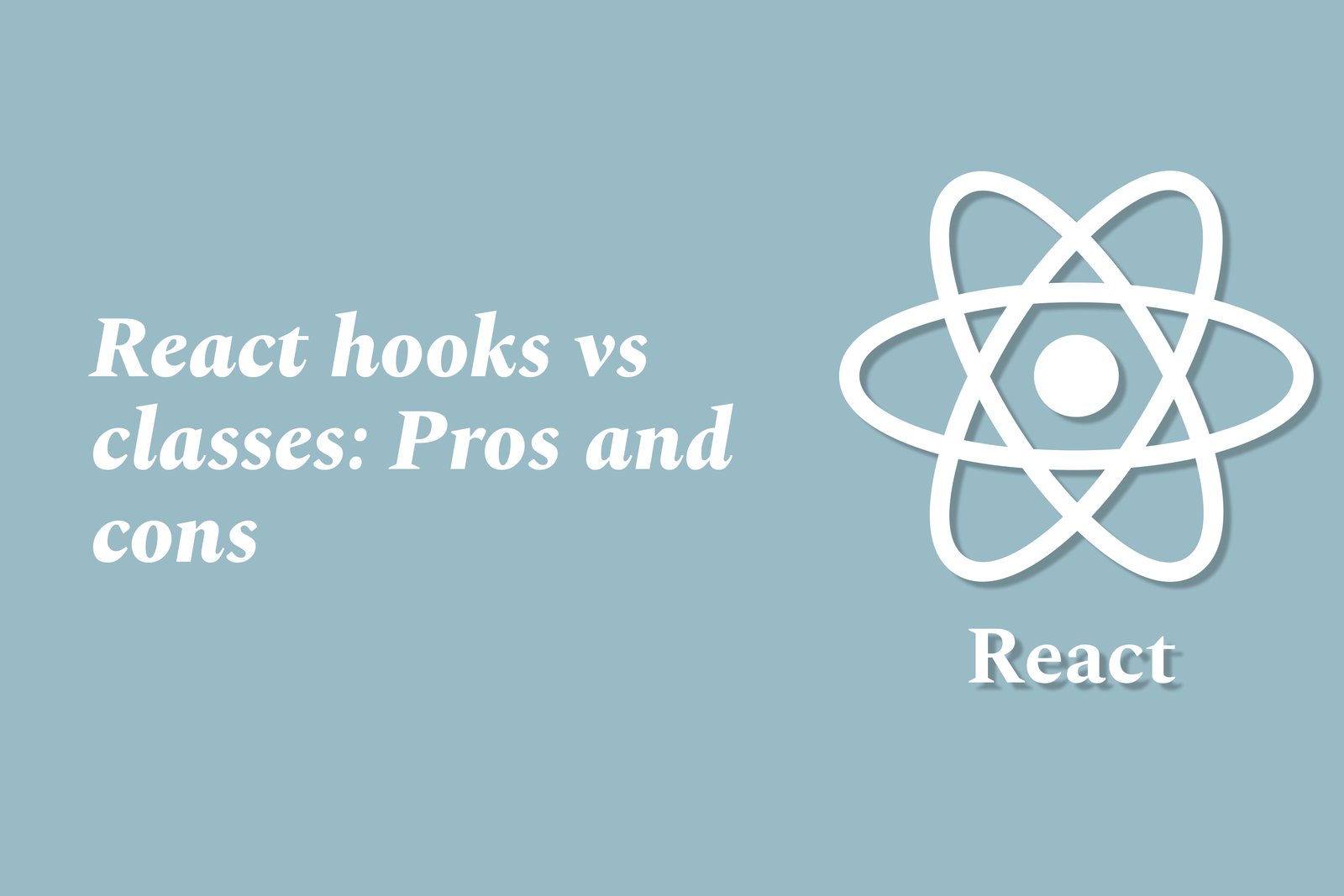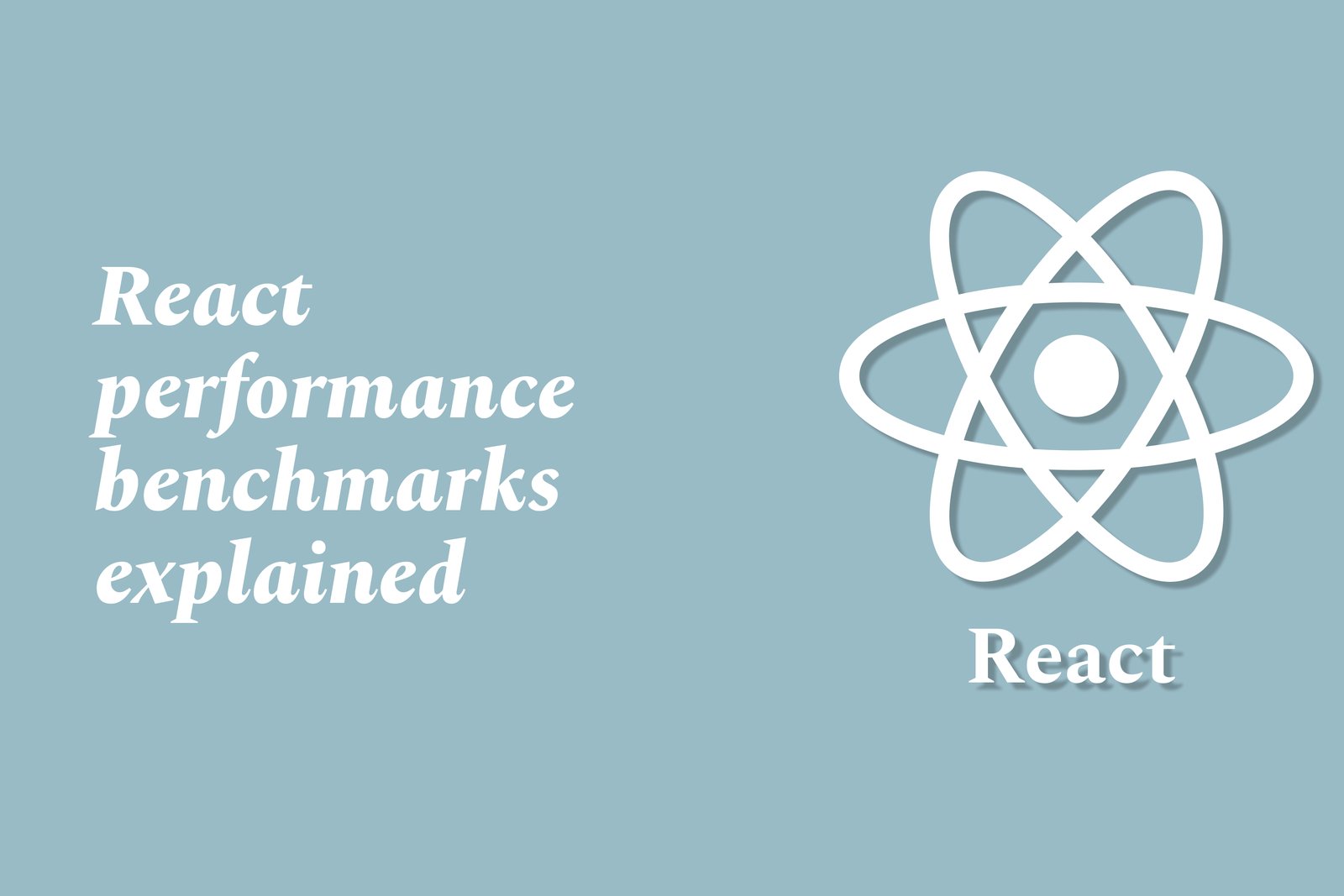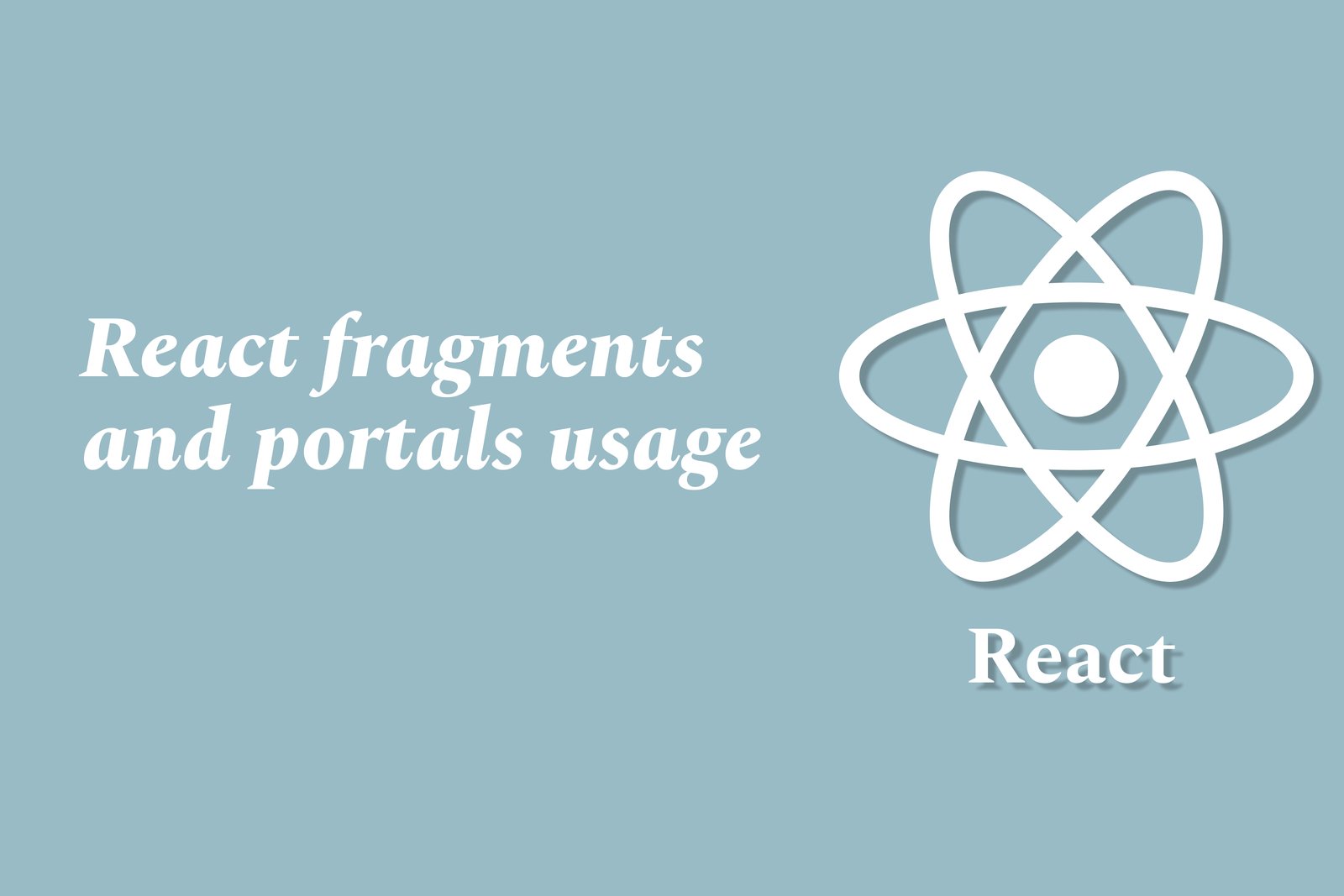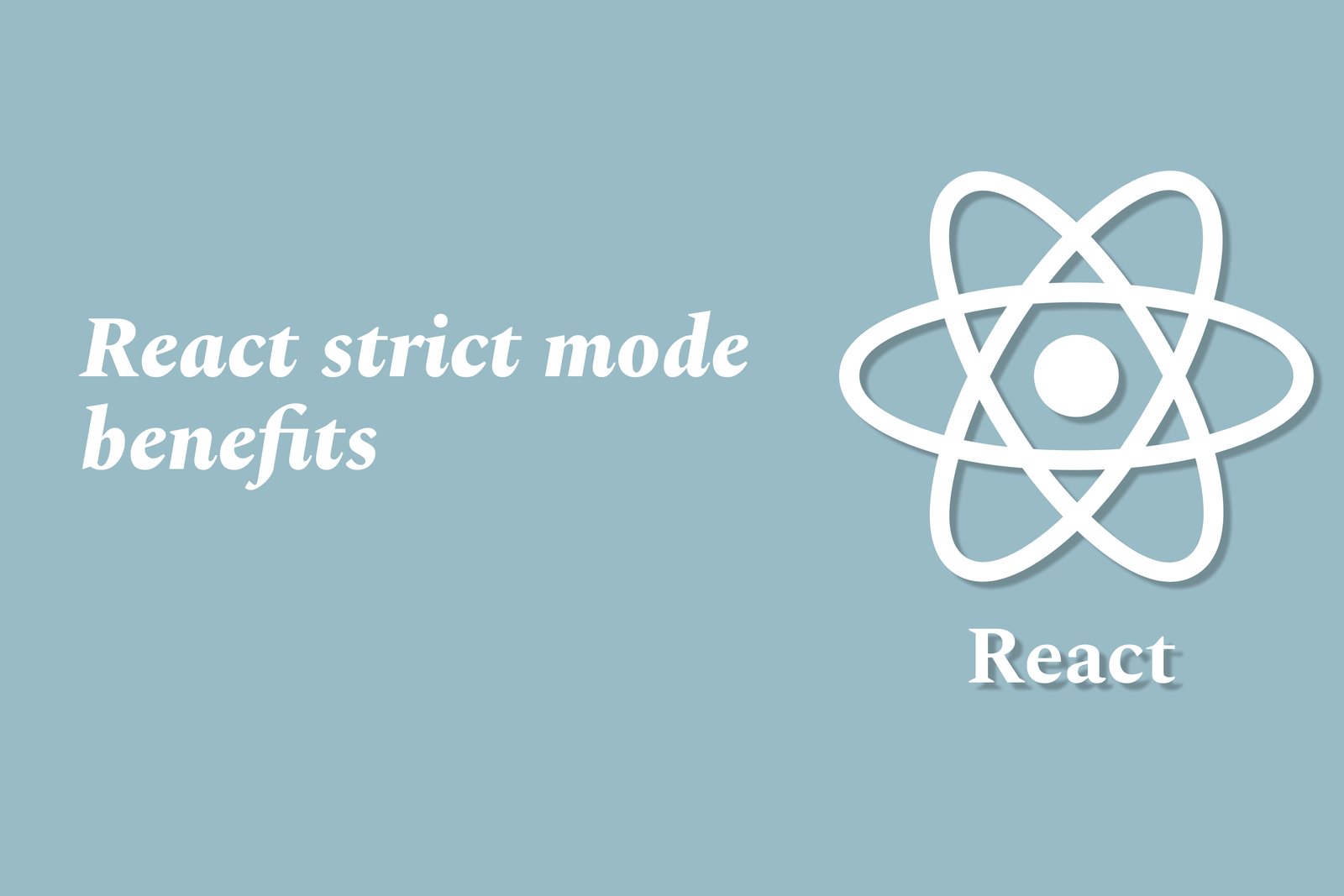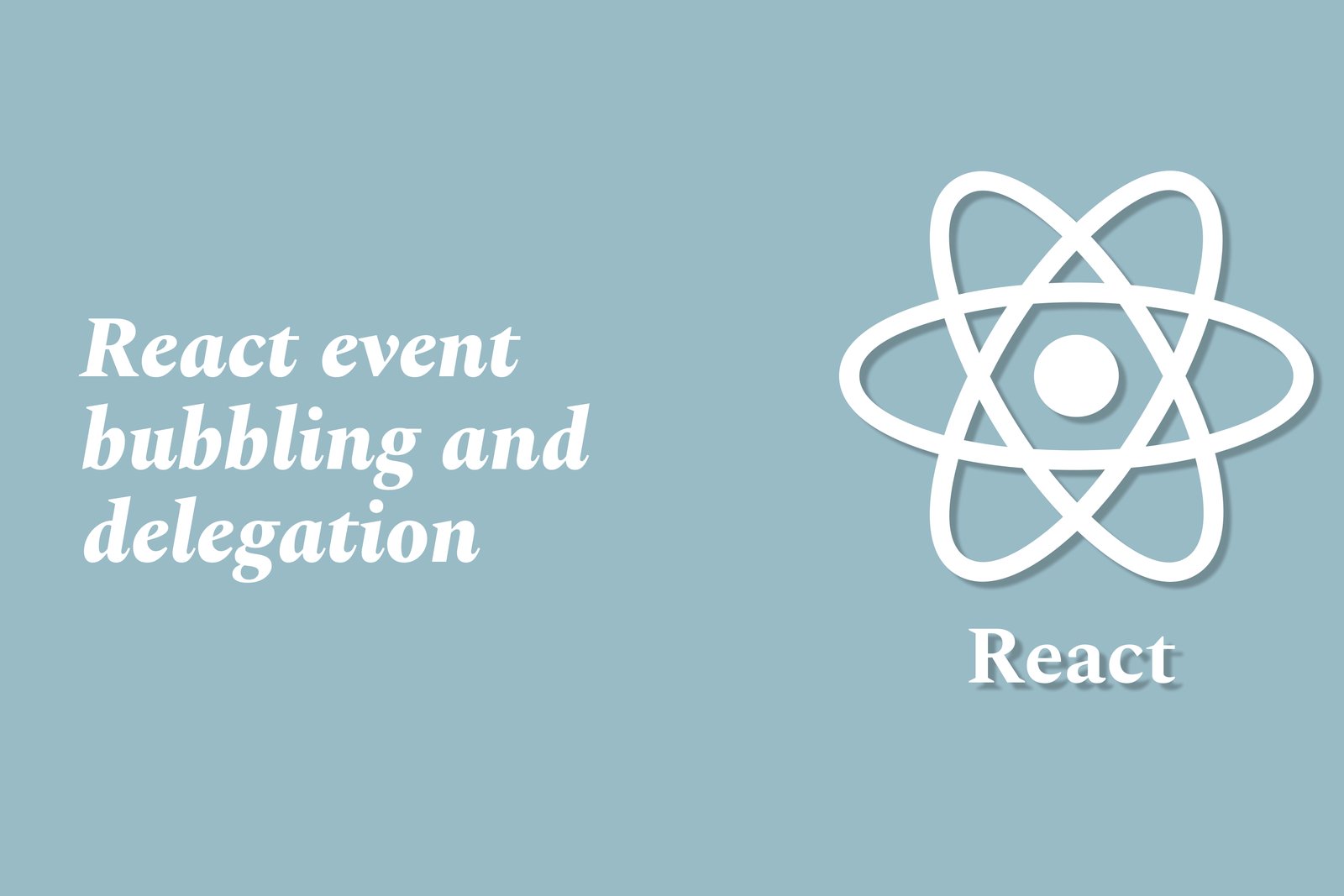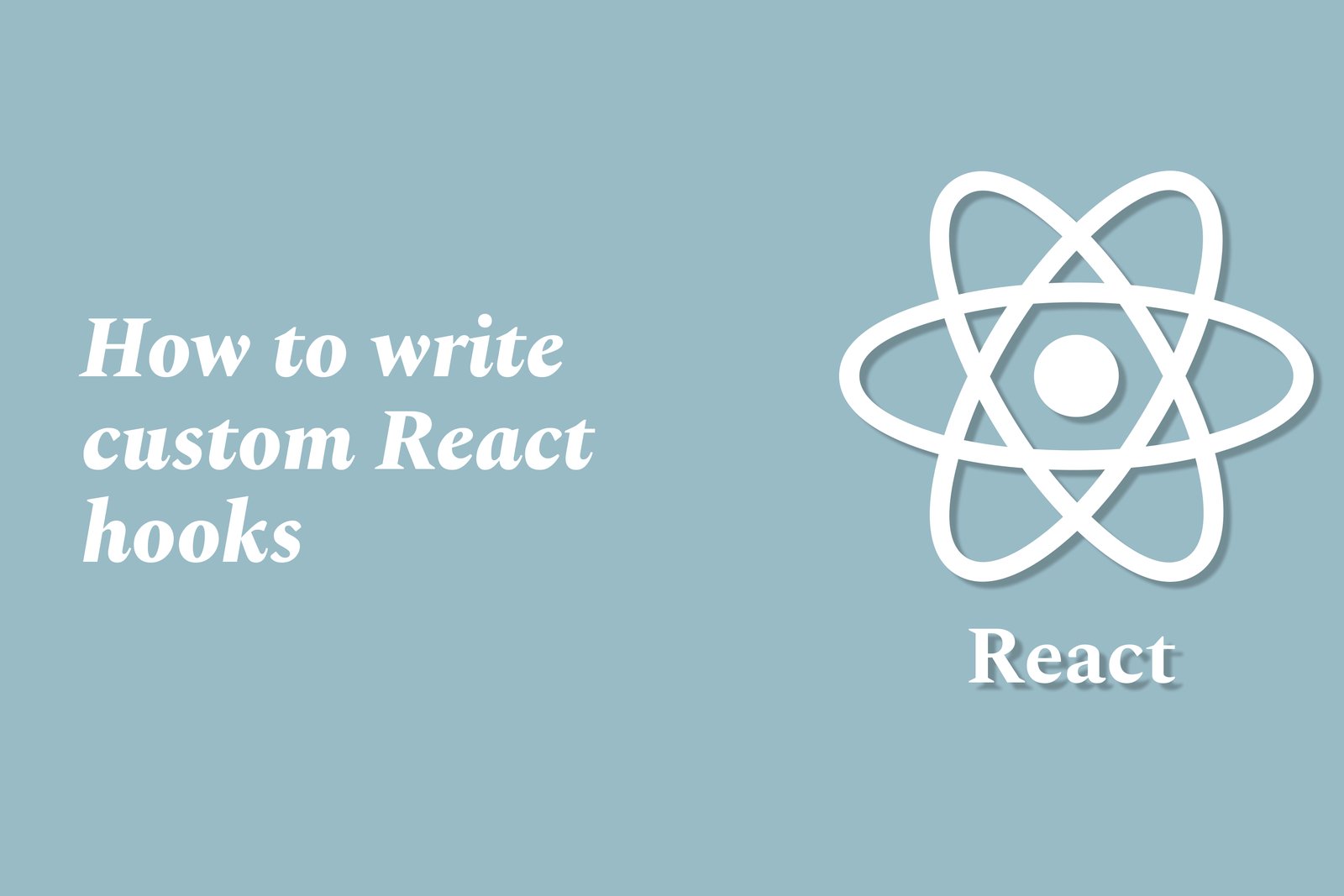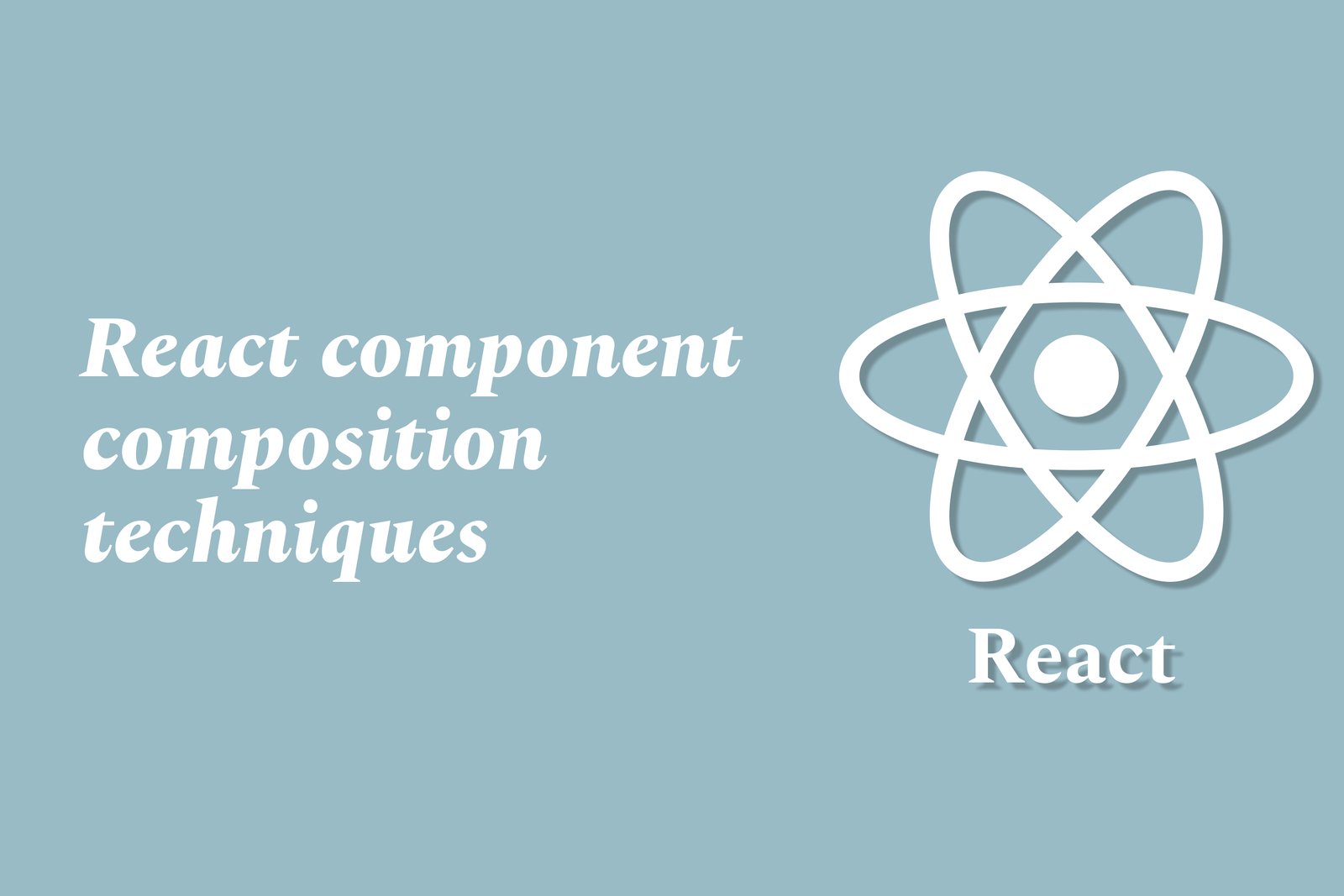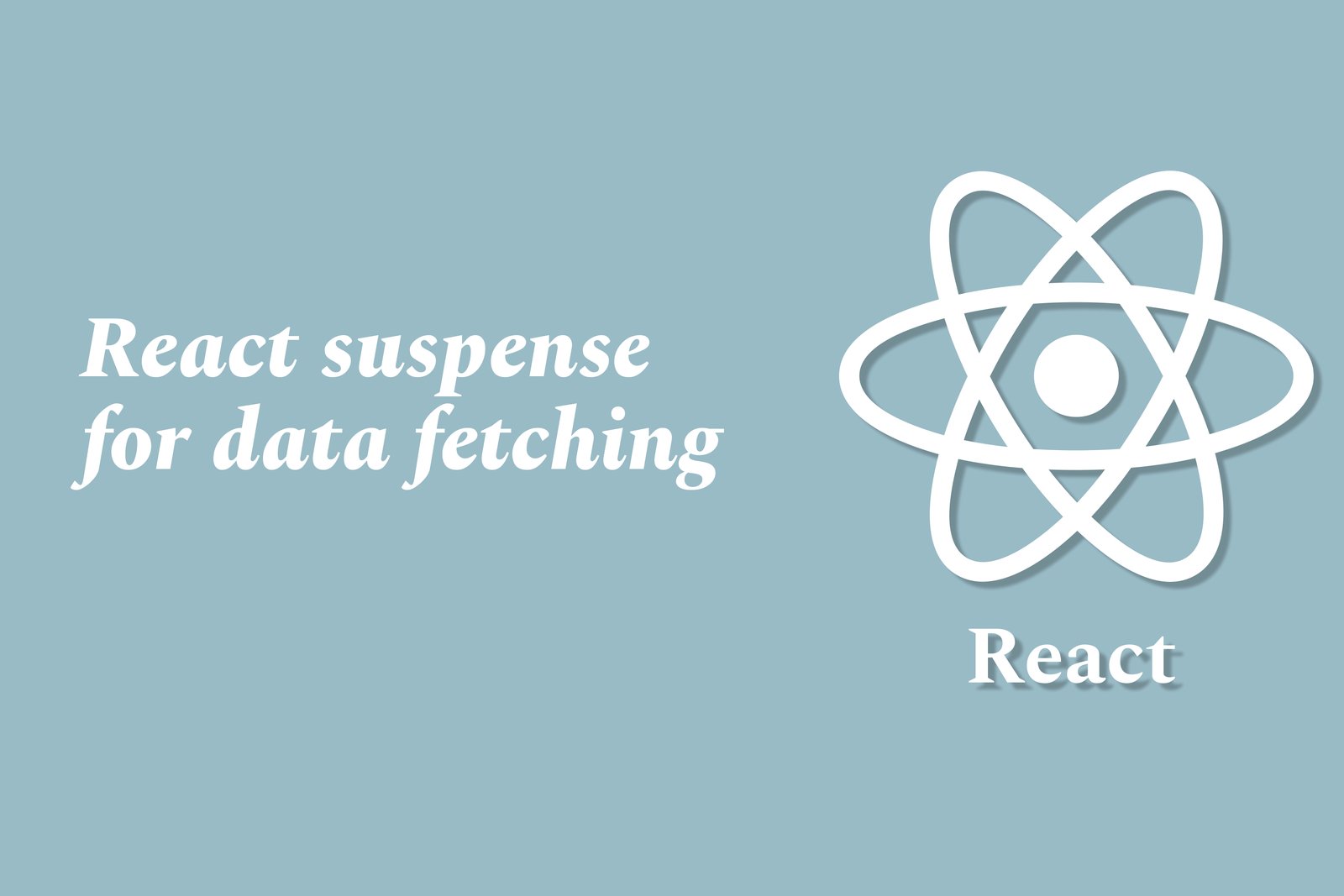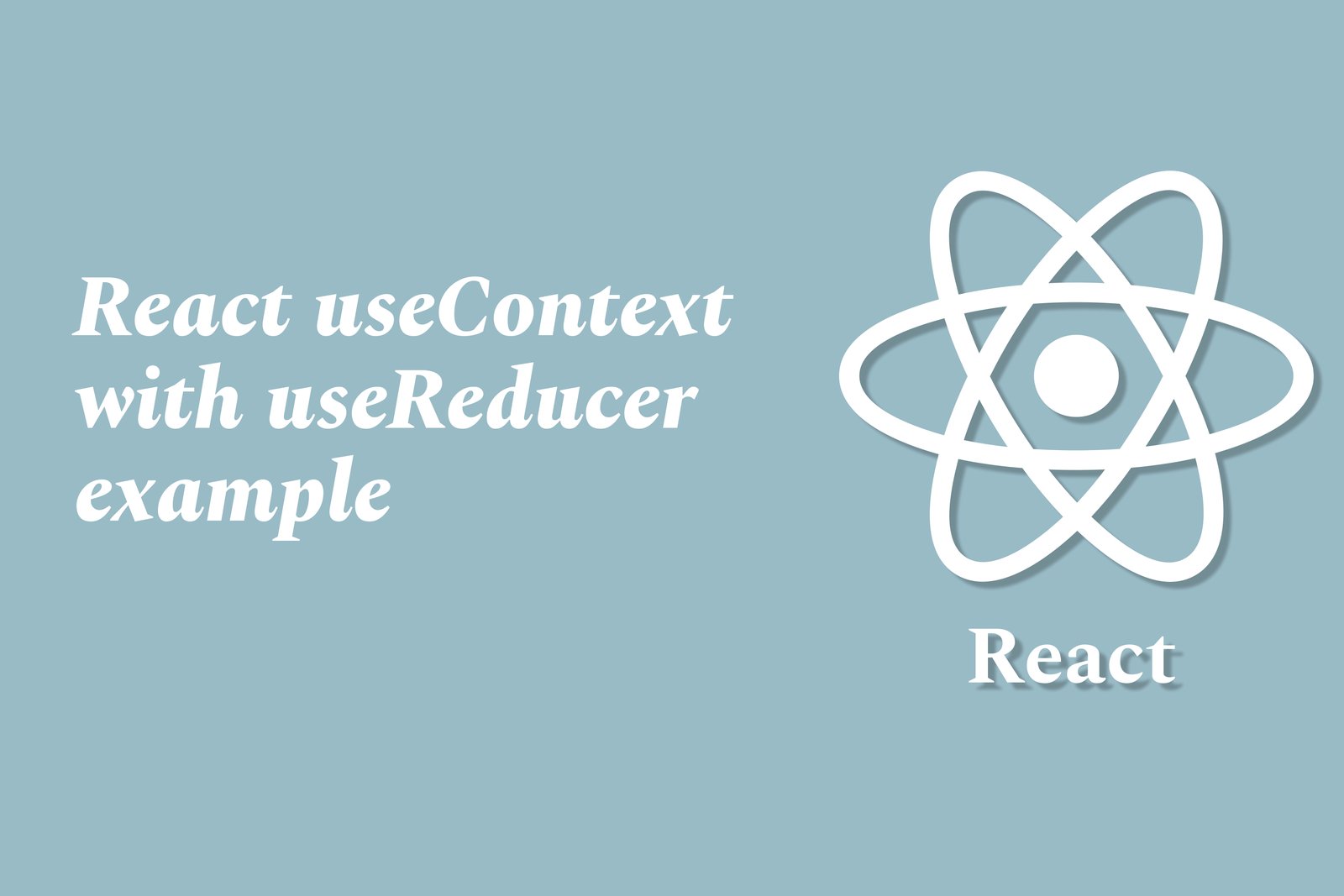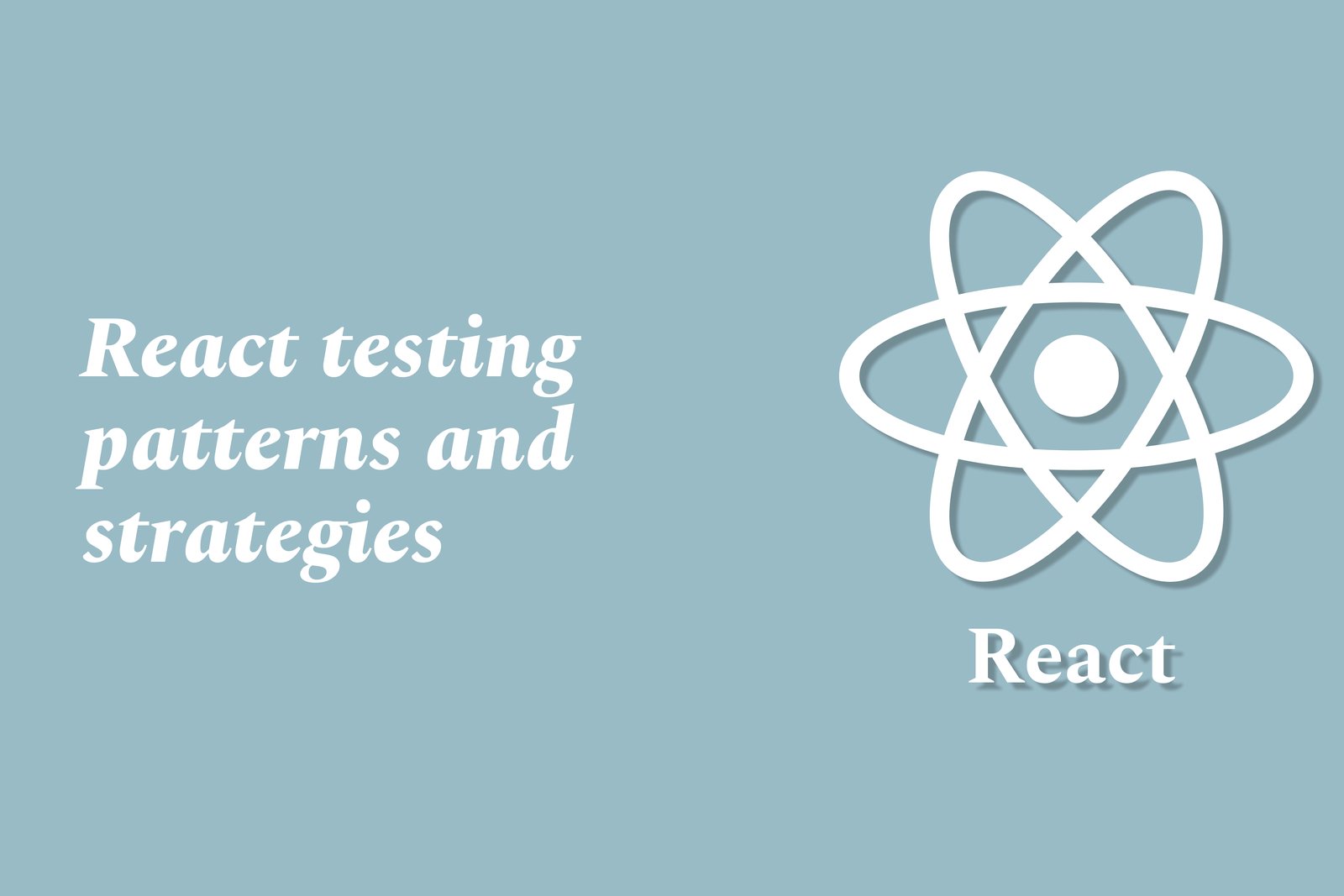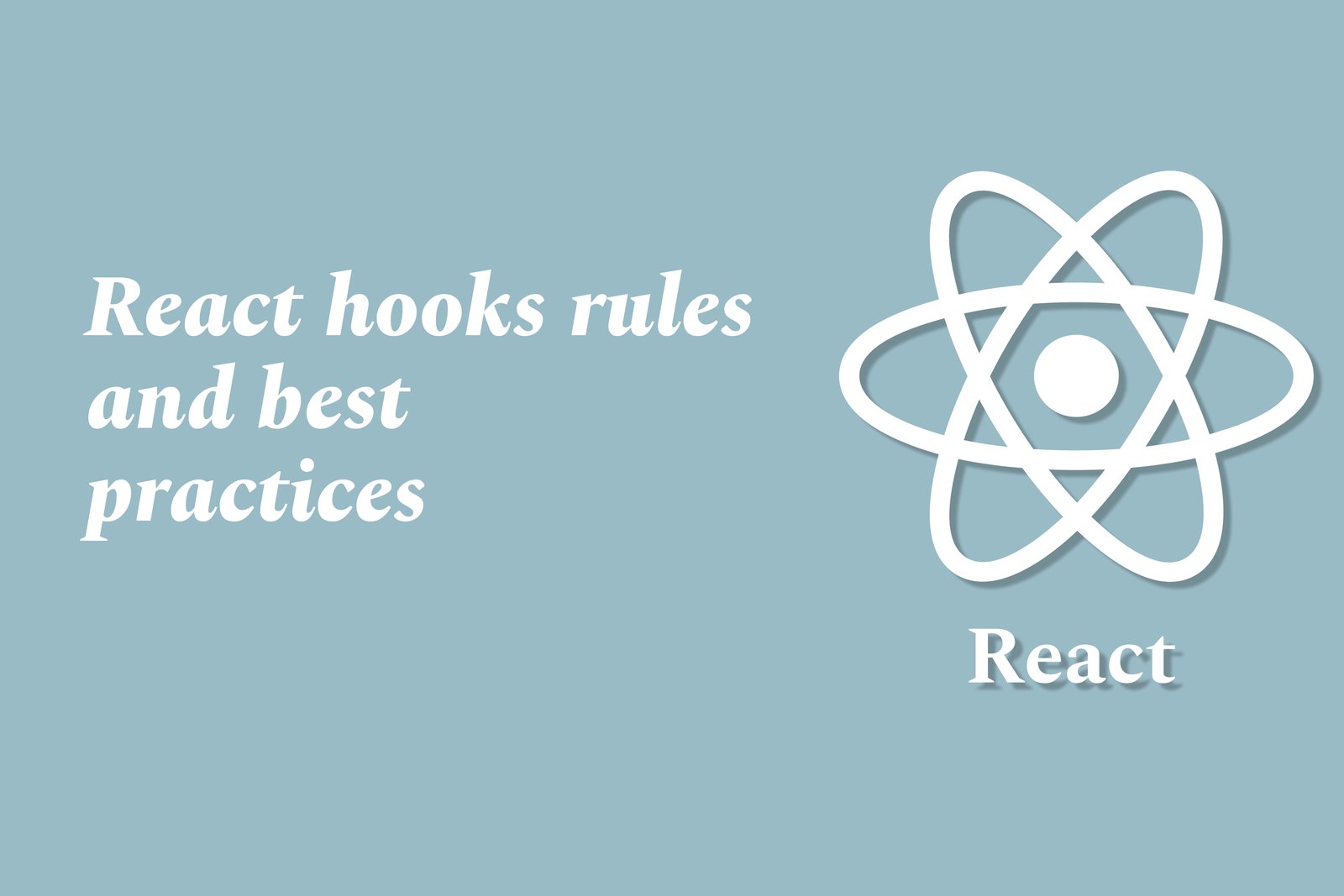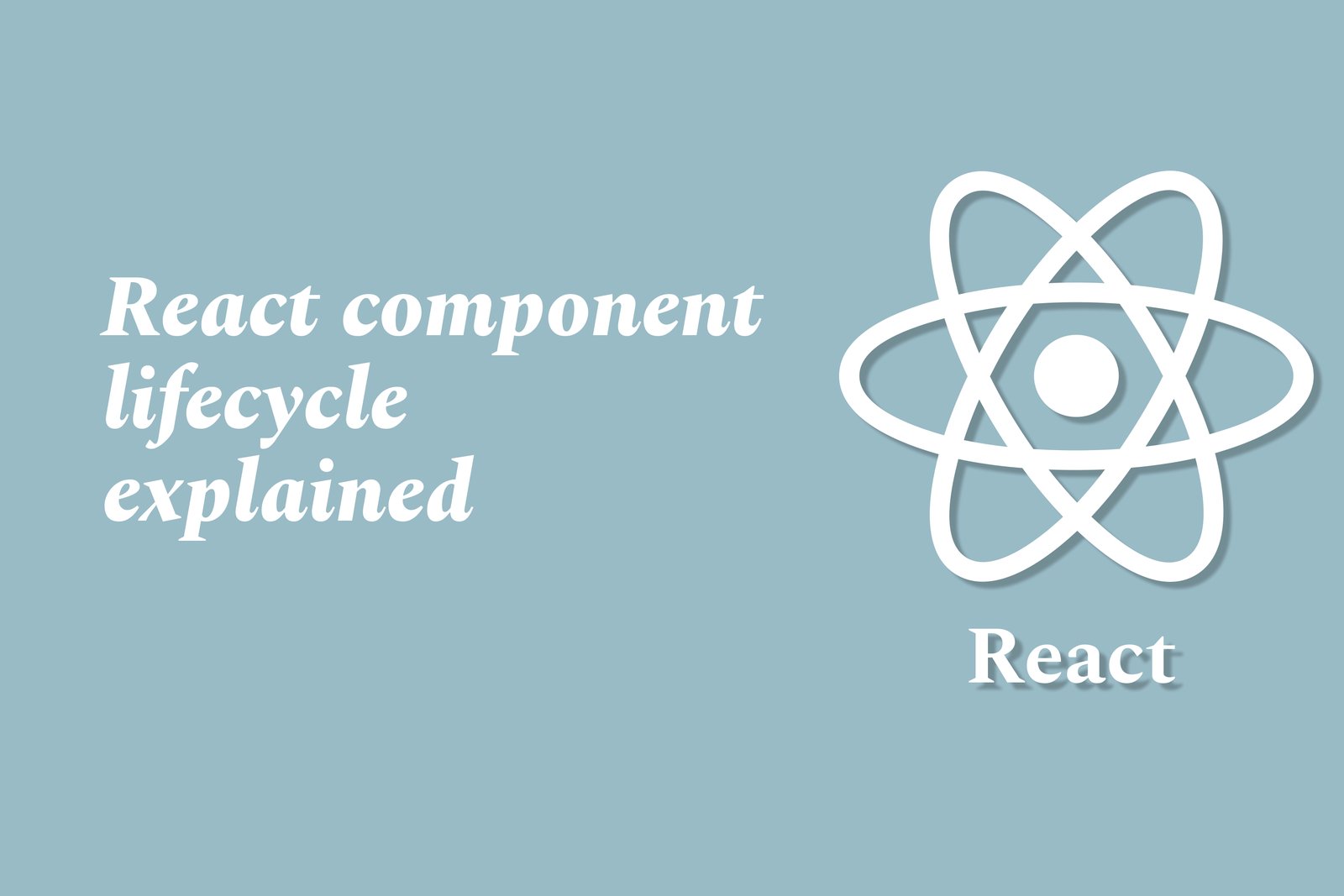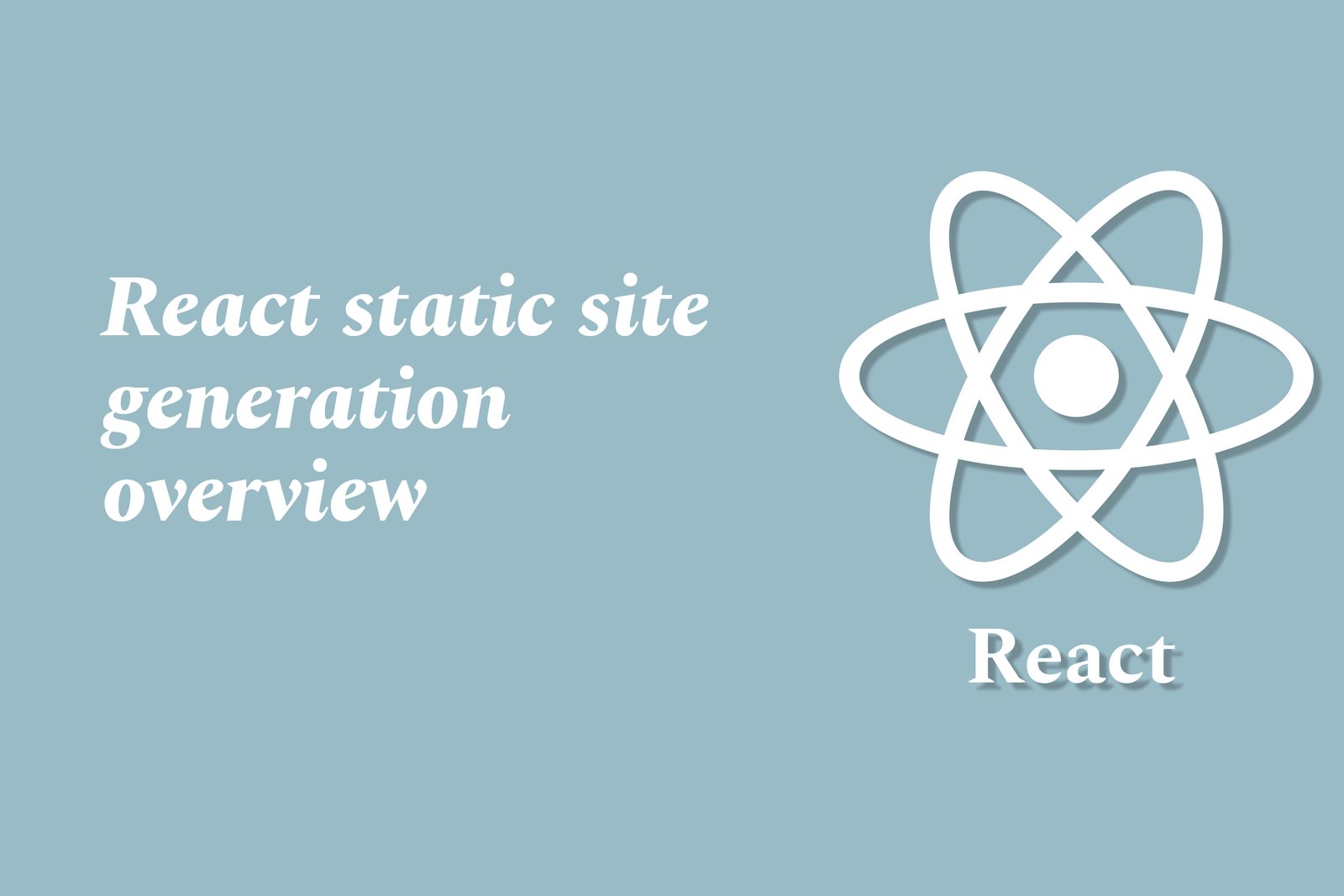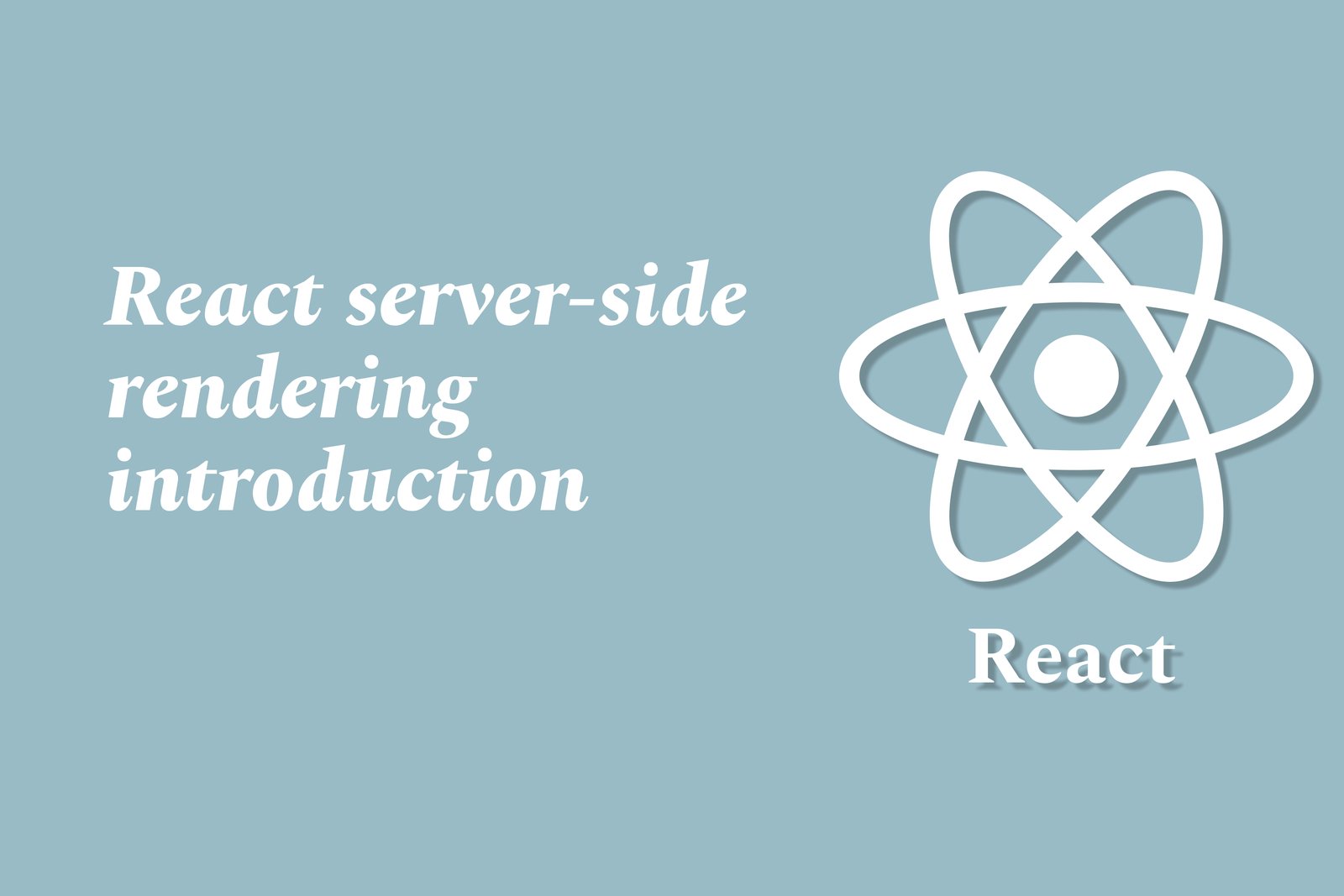React Hooks Vs Classes: Pros And Cons
React Hooks and class components represent two approaches to building React applications, each with its pros and cons. Hooks, introduced in React 16.8, allow developers to use state and lifecycle features in functional components, resulting in cleaner, more concise code that promotes reusability of logic. They eliminate the need for class syntax and the complexities associated with `this`, making it easier to read and maintain. However, Hooks can complicate component structures, especially with nested Hooks or managing dependencies. On the other hand, class components provide a more established architecture with clear lifecycles but can lead to cumbersome code and increased boilerplate. In summary, while Hooks streamline functional components and enhance modularity, class components offer familiar structure and can be advantageous in certain scenarios, making it beneficial for developers to understand both paradigms.
Learn MoreReact Testing Coverage with Jest
React testing coverage with Jest refers to the practice of measuring the extent to which your React application's code is tested through unit and integration tests. Jest, a popular JavaScript testing framework, provides built-in coverage reports that indicate which parts of your codebase are executed during tests. This helps developers identify untested areas and improve overall code quality by ensuring critical functionality is validated. By maintaining high test coverage, teams can catch bugs early, enhance application reliability, and foster a more maintainable codebase.
Learn MoreSetting Up ESLint in React Projects
Setting up ESLint in React projects involves integrating a linting tool that analyzes your JavaScript (and JSX) code to enforce coding standards, catch syntax errors, and promote best practices. This process typically includes installing ESLint and relevant plugins, such as the React plugin, configuring a `.eslintrc` file to define specific rules and settings, and incorporating ESLint with your development workflow—often through scripts in package.json or within your code editor. By doing so, developers can maintain code quality, improve team collaboration, and streamline the development process in their React applications.
Learn MoreReact Performance Benchmarks Explained
React performance benchmarks refer to the set of metrics and tools used to assess the efficiency and responsiveness of React applications. These benchmarks help developers measure key performance indicators such as render times, component re-renders, and memory usage, allowing them to identify areas for optimization. By utilizing tools like React DevTools and profiling techniques, developers can analyze how changes to their code affect application performance. Understanding these benchmarks is crucial for building scalable and fast applications, ensuring that users experience minimal latency and smooth interactions.
Learn MoreReact Fragments and Portals Usage
React Fragments and Portals are advanced features that enhance the management of component structures and DOM nodes in React applications. Fragments allow developers to group multiple child elements without introducing additional nodes into the DOM, keeping the component tree clean and efficient. This is particularly useful for returning multiple elements from a component's render method without affecting layout and styling. Portals, on the other hand, provide a way to render a component outside its natural parent hierarchy in the DOM, which is ideal for creating overlays like modals or tooltips that need to escape the constraints of their parent containers for better visual placement. By leveraging these features, developers can create more organized, flexible, and maintainable code.
Learn MoreReact Strict Mode Benefits
React Strict Mode is a development tool that helps identify and warn about potential problems in a React application. By enabling Strict Mode, developers can catch unexpected side effects, deprecated APIs, and problematic patterns, thereby encouraging best practices in code quality. It enhances the development process by highlighting issues before they become problematic in production, resulting in more robust, maintainable, and high-performance applications. Overall, React Strict Mode serves as a safeguard, encouraging developers to write cleaner and more efficient code.
Learn MoreReact Event Bubbling and Delegation
React event bubbling and delegation are mechanisms for handling events efficiently in a component hierarchy. Event bubbling refers to the process where an event starts at the target element and propagates up through its parent elements to the root of the DOM, allowing parent components to respond to events triggered by their child components. Event delegation, on the other hand, involves attaching a single event listener to a parent element rather than multiple listeners to individual child elements, enabling the parent to manage events from all its children. This approach not only enhances performance by reducing memory consumption but also simplifies event management, particularly in dynamic applications where elements may be added or removed at runtime.
Learn MoreHow To Write Custom React Hooks
Writing custom React hooks involves encapsulating stateful logic and functionality into reusable functions that can be shared across multiple components. To create a custom hook, you start by defining a function that begins with the prefix "use" (for example, `useFetch` or `useForm`). Inside this function, you can utilize built-in hooks like `useState`, `useEffect`, or others to manage state and side effects. The custom hook can then return any values or functions necessary for managing the logic. This modular approach not only promotes code reusability but also simplifies complex components by separating concerns, making your codebase more organized and maintainable.
Learn MoreReact Component Composition Techniques
React component composition techniques involve creating complex user interfaces by combining smaller, reusable components, allowing for a more modular and organized code structure. This approach encourages the separation of concerns, enabling developers to manage state and UI logic independently in each component. By utilizing composition, developers can easily share functionality and styles across various parts of an application, leading to more maintainable and scalable code. Overall, component composition is a fundamental principle in React that fosters efficient development, enhances testability, and supports the dynamic nature of modern web applications.
Learn MoreReact Suspense For Data Fetching
React Suspense for data fetching is a feature that allows developers to seamlessly handle asynchronous operations in React applications. It enables components to "wait" for data to be loaded before rendering by using a `<Suspense>` boundary. This approach simplifies the management of loading states, as developers can define fallback UI, such as loading spinners or placeholders, to display while the data is being fetched. By integrating Suspense into the data fetching process, applications can provide a smoother user experience, reducing awkward loading transitions and improving overall performance.
Learn MoreHow To Handle Errors In React Hooks
Handling errors in React hooks involves implementing strategies to capture and manage exceptions that may occur during component rendering or data fetching. By using try-catch blocks within async functions, developers can intercept errors when making API calls or performing asynchronous operations. Additionally, custom hooks can be created to centralize error management logic, making it easier to track and respond to errors across different components. Utilizing state to manage error messages or fallback UI enables a user-friendly experience, as users receive clear feedback about issues without interrupting the overall functionality of the application. This practice is crucial for building resilient React applications that provide a seamless user experience.
Learn MoreReact UseContext With UseReducer Example
The combination of React's `useContext` and `useReducer` hooks provides a powerful solution for state management in applications requiring global state access. `useContext` allows components to share data without the need for prop drilling, while `useReducer` offers a structured way to manage complex state logic through actions and reducers. For instance, in a user authentication scenario, `useReducer` could manage the login and logout states along with user information, while `useContext` allows any component in the app to easily access or update the authentication status without passing props through each level of the component tree. This approach results in cleaner, more maintainable code.
Learn MoreReact Usereducer Hook Explained
The `useReducer` hook in React is a state management tool that allows developers to manage complex state logic within functional components. It works similarly to the traditional Redux pattern, where a reducer function defines how the state should change in response to specific actions. By taking in the current state and an action, the reducer returns a new state, ensuring that updates are predictable and maintainable. This hook is particularly useful for handling state transitions that involve multiple sub-values or when the next state depends heavily on the previous state, making it an ideal choice for applications with intricate state logic.
Learn MoreReact Testing Patterns and Strategies
React testing patterns and strategies encompass various methodologies and practices aimed at validating the functionality and reliability of React applications. These strategies include unit testing, which focuses on individual components; integration testing, which examines how components interact with one another; and end-to-end testing, which simulates real user scenarios to validate overall application performance. By leveraging tools such as Jest and React Testing Library, developers can ensure comprehensive test coverage, catch bugs early, and maintain code quality, ultimately leading to a smoother and more efficient development process.
Learn MoreReact Hooks Rules And Best Practices
React hooks are a powerful feature that allows developers to manage state and side effects in functional components. To ensure proper functionality, there are essential rules to follow: hooks must only be called at the top level of a React function and cannot be called inside loops, conditions, or nested functions. Additionally, they should only be used within functional components or custom hooks. Best practices include using the `useState` and `useEffect` hooks for state handling and side effects, respectively, grouping related state together, creating custom hooks for reusable logic, and carefully managing dependency arrays to optimize performance. Following these guidelines not only leads to cleaner, more maintainable code but also enhances the overall efficiency of React applications.
Learn MoreReact Component Lifecycle Explained
The React component lifecycle encompasses the various stages a component undergoes from its creation to its removal from the user interface. It consists of three key phases: mounting (when a component is first rendered), updating (when a component's state or props change), and unmounting (when a component is removed from the DOM). During these phases, specific lifecycle methods such as `componentDidMount`, `componentDidUpdate`, and `componentWillUnmount` allow developers to perform actions like fetching data, updating the component's state, or cleaning up resources, thereby optimizing performance and ensuring the component behaves as intended throughout its existence in an application.
Learn MoreReact Debugging Tips For Beginners
React debugging involves systematically identifying and fixing issues in React applications, making it an essential skill for beginners. Key tips include using React Developer Tools to inspect component hierarchies and props, leveraging the browser’s console for logging errors and state changes, and implementing error boundaries to catch and manage JavaScript errors gracefully within the component tree. Additionally, employing techniques like isolating components to test their functionality and utilizing linting tools can help maintain clean and error-free code. Mastering these debugging strategies not only enhances code quality but also builds a developer's confidence in handling complex applications.
Learn MoreReact Static Site Generation Overview
React Static Site Generation (SSG) is a methodology that allows developers to pre-render React applications into static HTML pages at build time. This approach combines the benefits of React's component-based architecture with the performance and SEO advantages of serving static content. By generating static pages, SSG reduces server load and improves page load speeds, delivering a seamless user experience. Additionally, these pre-rendered pages can be easily indexed by search engines, enhancing visibility and discoverability. SSG is particularly beneficial for content-rich sites, portfolios, or blogs where content does not change frequently, ensuring that users receive fast, reliable access to information.
Learn MoreReact and Pwa (Progressive Web Apps) Basics
React is a JavaScript library widely used for building user interfaces, focusing on creating dynamic and responsive web applications through its component-based architecture. This approach encourages the development of reusable components, which enhances code maintainability and scalability. Progressive Web Apps (PWAs) leverage modern web capabilities to deliver a user experience akin to native mobile applications. They combine standard web technologies with features such as offline access, push notifications, and fast loading times, enabling applications to function seamlessly across different devices and network conditions. Together, React and PWAs provide developers with powerful tools to create engaging, efficient, and reliable web applications.
Learn MoreReact Server-Side Rendering Introduction
React Server-Side Rendering (SSR) is a technique that involves rendering React components on the server instead of in the client's browser. This means that when a user requests a web page, the server generates the full HTML content and sends it to the client, allowing for a faster initial load and improved performance. By delivering pre-rendered content, SSR enhances the user experience, helps with Search Engine Optimization (SEO) by making the content more accessible to web crawlers, and can lead to better overall application efficiency. This is especially beneficial for applications that prioritize content visibility and quick rendering times.
Learn MoreReact SEO Tips and Best Practices
React SEO refers to the strategies and best practices aimed at optimizing React applications for better visibility on search engines. Since React's client-side rendering can make it challenging for web crawlers to index content, employing techniques like server-side rendering (SSR) or static site generation (SSG) can significantly enhance SEO performance. Additionally, incorporating tools like React Helmet for managing page metadata, ensuring fast load times, utilizing clean and readable URL structures, and implementing structured data can further improve search engine rankings. By focusing on these aspects, developers can ensure that their React applications are not only user-friendly but also easily discoverable by search engines, ultimately driving more organic traffic.
Learn More